See Fortune’s full 50-company list here.
1. GlaxoSmithKline

Breaking down global health care barriers and finding the customers of the future.
Early next year, if all goes according to plan, Sir Andrew Witty will step down after nine years as CEO of GlaxoSmithKline, the world’s sixth largest pharmaceutical company. He’ll leave behind a company with an unmatched record for balancing scientific progress, social impact and the profit motive.
GSK has made a calculated bet on intellectual property leniency in poor nations, releasing drugs from patent protection and thus lowering their prices. That may depress revenue, but GSK says it doesn’t lose money in any market where it operates. And over time the approach builds goodwill and a strong market presence around the globe. “GSK has existed for 300 years,” Witty tells Fortune. “We think about how we can be successful, not just in the next year or the next two years, but in the next 10, 15, 20, 30, 40 years.” The near term looks good: GSK’s revenue grew 4% in the second quarter of 2016, as new product sales crossed the $1.5 billion threshold for the first time.
In March, GSK announced that it will no longer file drug patents in the lowest-income regions of the world—an integral part of its patient access strategy. The company is hardly a passive partner in these regions, however. GSK reinvests 20% of any profits it makes in the least developed countries into training health workers and building medical infrastructure. For instance, through a partnership with the NGO Save the Children, the drugmaker has trained locals to properly administer vaccinations and screen for conditions like malnutrition. ViiV Healthcare, an HIV therapy unit majority owned by GSK, struck a landmark deal with the government of Botswana in June to make the HIV drug Tivicay available as part of a national program to test and treat as many people as possible. And the company has strengthened its commitment to vaccine development, including the world’s first malaria vaccine, which could curb a disease that kills more than half a million people a year.
GSK has also leveraged products from its formidable consumer health business into medical solutions, creating the umbilical cord infection-fighting Umbipro gel out of a component in one of its mouthwashes. The product doesn’t need refrigeration and could save 85,000 babies per year, according to United Nations.
2. IDE Technologies
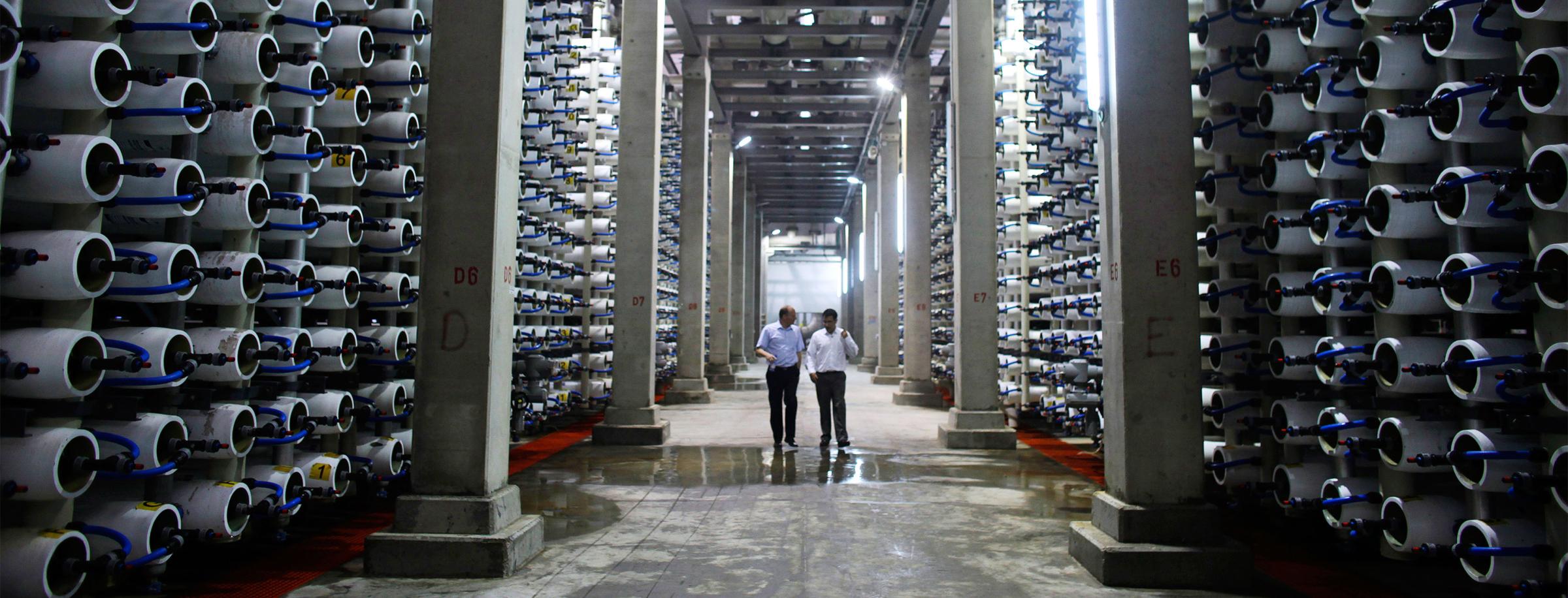
In regions where freshwater is hard to find, its engineering alchemy converts oceanic saltwater for drinking and irrigation.
Call it the Rumplestiltskin of the desert. Like the fabled dwarf who could transform straw into gold, IDE, a leader in desalination technologies, turns salt water into fresh water.
The Israeli company supplies 70% of the tiny Middle Eastern country’s potable H2O. Its largest local plant, located just south of Tel Aviv, produces 165 million gallons of freshwater daily. Privately held IDE also builds and operates some of the biggest desalination plants in about 40 other countries, including Mexico, Chile and China. In the U.S., the 51-year-old company recently opened the largest such plant in the Western hemisphere, located in the Southern California city of Carlsbad, near San Diego. The site, a $1 billion undertaking, transforms seawater into potable water in just 45 minutes and provides some 8% of San Diego County’s water. Remarkably, it costs less than 0.5 cents to produce a gallon of drinking water at the Carlsbad plant. The increased cost to homeowners, meanwhile, will average an additional $5 per month. That’s still a lot lower than previous attempts at desalination.
IDE’s secret sauce? Over the years, its Israel-based researchers have developed a wide range of energy- and cost-efficient desalination processes, including using “waste steam” to generate electricity, and a proprietary “pressure center” that allows large plants to perform maintenance via the Internet. Another key innovation is the company’s so-called membranes (the special pipes that separate water from larger salt molecules), which don’t require chemical-intensive cleaning. This makes for a faster, more cost-efficient and environment-friendly desalination process. Given recent water shortages in some regions of the world, a situation aggravated by warming temperatures and climate change, those kinds of breakthroughs are almost as good as gold.
3. General Electric

A huge clean-tech bet pays off.
It’s been more than a decade since GE launched its massive renewable business strategy, Ecomagination, with a pledge to double down on clean tech and generate $20 billion in annual revenue from green products. The ensuing 11 years have proved Ecomagination was more than just a PR ploy. Through the end of 2015, GE had invested $17 billion in clean tech R&D through Ecomagination while generating $232 billion in revenue from its products.
Last year, GE Transportation began manufacturing its Evolution Series Tier 4 Locomotive, which the company says will reduce emissions by more than 70% from the previous model. Through Ecomagination, GE also launched a concept called the Digital Wind Farm, which the it sayscan boost a wind farm’s energy production by 20%. It uses GE’s Predix operating system, which monitors turbine performance and uses predictive analytics to find the best way to align the turbines. Ecomagination’s decade-long manufacturing of energy-efficient technologies like these—along with the acquisition of Alstom’s power division last year—has now made GE responsible for about one-third of the world’s electricity capacity, making its commitment to clean energy a critical step for the future.
4. Gilead Sciences

A force fighting HIV and hepatitis where money is scarce.
Pharmaceutical companies—especially the profitable ones—can make for easy villains in the U.S. For example, Gilead Sciences has been lambasted for the high list price of its game-changing hepatitis C cure Sovaldi, infamous as the “$1,000 pill.”
But in India, a 28-day supply of a generic version of the drug now costs just $100, according to the company. That’s because Gilead has struck deals with 11 different Indian generic drugmakers to supply affordable versions of its hep C drugs to patients in 101 developing countries. And then there’s Egypt, the nation with the highest incidence of hepatitis C in the world (more than 10% of the population is infected). Gilead slashed the price of branded Sovaldi there by 99%.
The firm takes a similar approach to its HIV franchise, which has posted strong sales in recent earnings reports. In fact, 2016 is the 10-year anniversary of Gilead’s HIV licensing agreements in the developing world, and the company says it’s on the cusp of having 10 million people in poor countries treated with its HIV drugs.
5. Nestlé
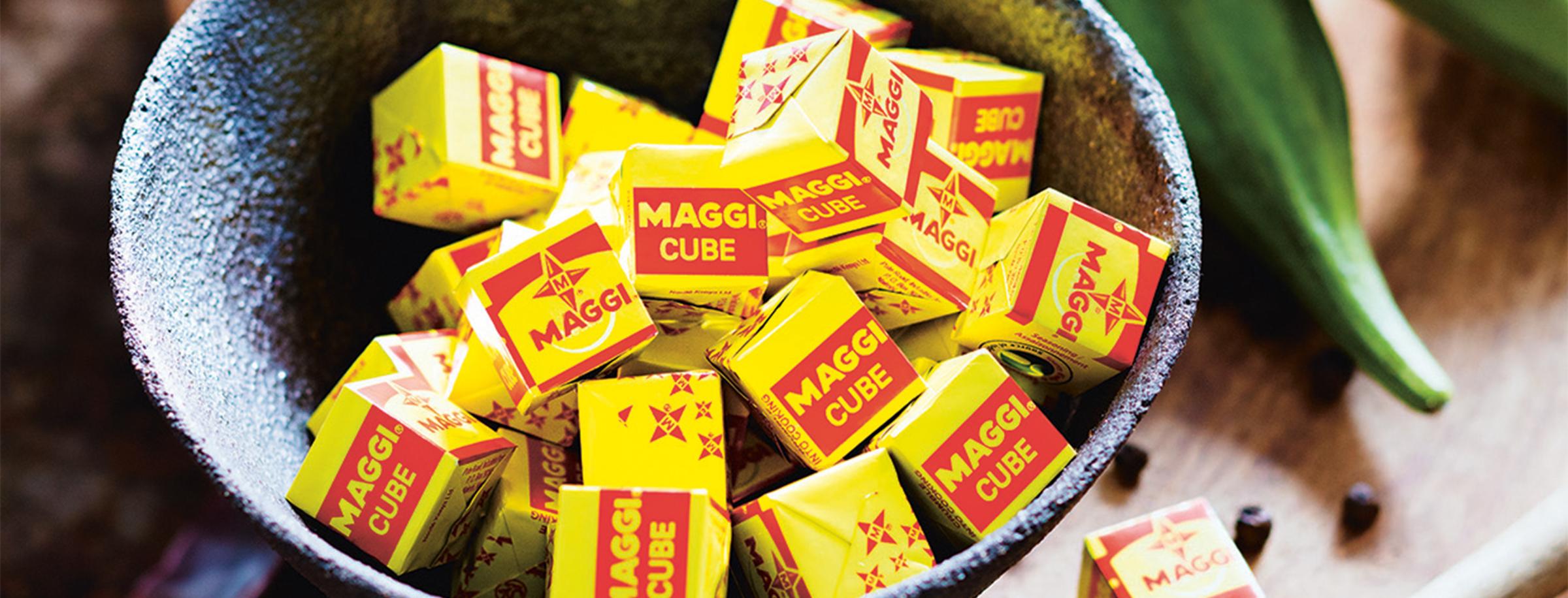
Food is more than just food when it’s fortified with nutrients that billions would otherwise lack.
Nestlé isn’t perfect—it’s the world’s leading seller of bottled water, for one thing—but the 150-year old Swiss company does get a lot of things right. It sources locally, boosting developing economies and the livelihood of smallholder farmers in more than 50 countries. It has worked to purge slavery and child labor from its supply chains. In its 16-year quest to become a “Nutrition, Health and Wellness” company, it has made concerted progress: cutting fat, sugar and sodium from thousands of products, while fortifying many others—192 billion servings worth in 2015—with essential minerals and nutrients that are in especially short supply in low- and middle-income countries. Such efforts are research-based and tailored to the needs and tastes of each market—Nestlé deploys iron-enhanced soup cubes in much of Africa to fight anemia, for example. And, with research partners, it’s working to bring nutrition benefits to the food chain more widely by developing biofortified crops (think pro-vitamin maize). Given the reach of the world’s largest food and beverage company, all this—which Nestlé tracks in its annual “Creating Shared Value” report (351 pages in 2015)—makes a difference.
6. Nike
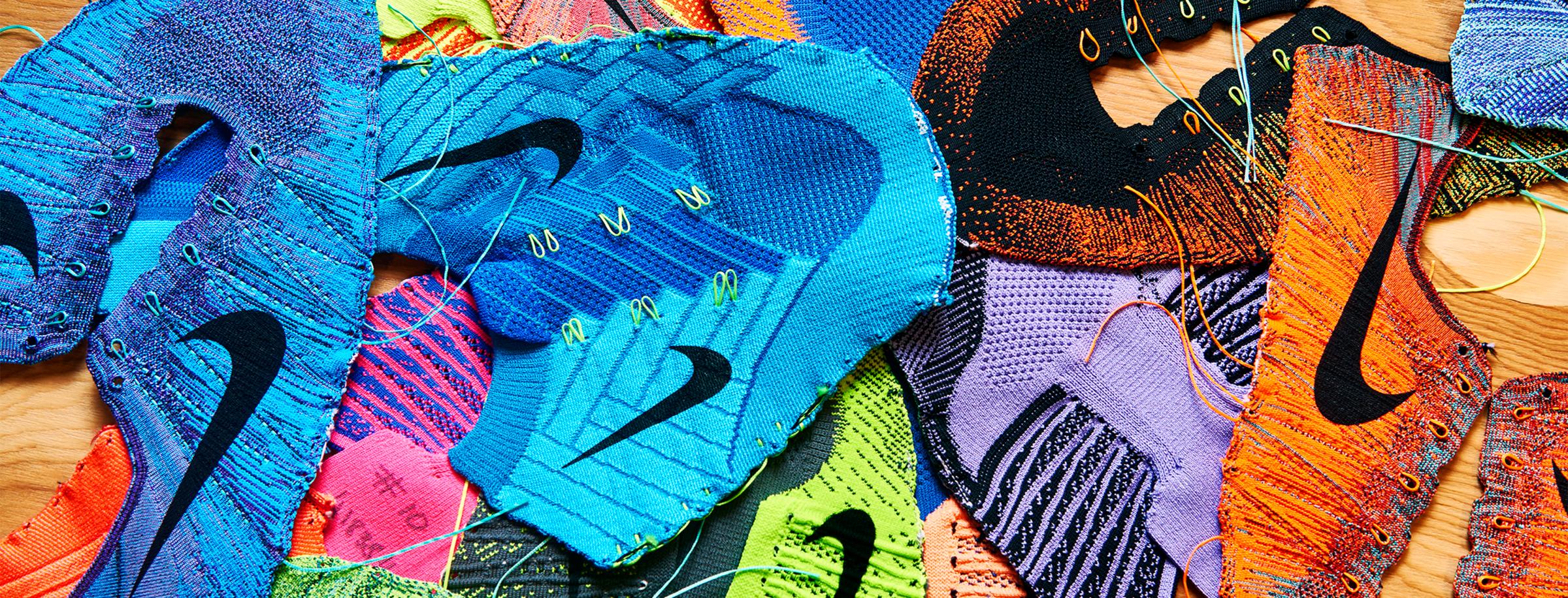
Reducing the impact of the shoes the world runs in and the surfaces it runs on.
Nike CEO Mark Parker likes to ask his team a single question: “Can we double our business, while halving our environmental impact?” The world’s largest athletic gear company, which first kicked off a recycled shoe program back in 1990, has hit a steady sustainability stride ever since. In a recent report, Nike disclosed that 71% of footwear and apparel uses “Nike Grind,” which is made of recycled polyester and other materials. Grind can be found in yarn and basketball shoes. It has also been incorporated in more than 1 billion square feet of sports surfaces—including running tracks, playgrounds, and football fields—replacing surface materials like virgin rubber. Meanwhile, the popular Flyknit shoe line, which initially debuted in 2012, is both innovative and eco-friendly. Engineers reduced waste by about 60% on average for every Flyknit shoe vs. what’s used for traditional shoes, saving nearly 2 million pounds of fabric-scrap waste since 2012. New 2020 targets include sourcing 100% of cotton more sustainably and reducing landfill waste. There’s no finish line to becoming a more sustainable company, but the sportswear maker is certainly competitive in the race.
7. MasterCard
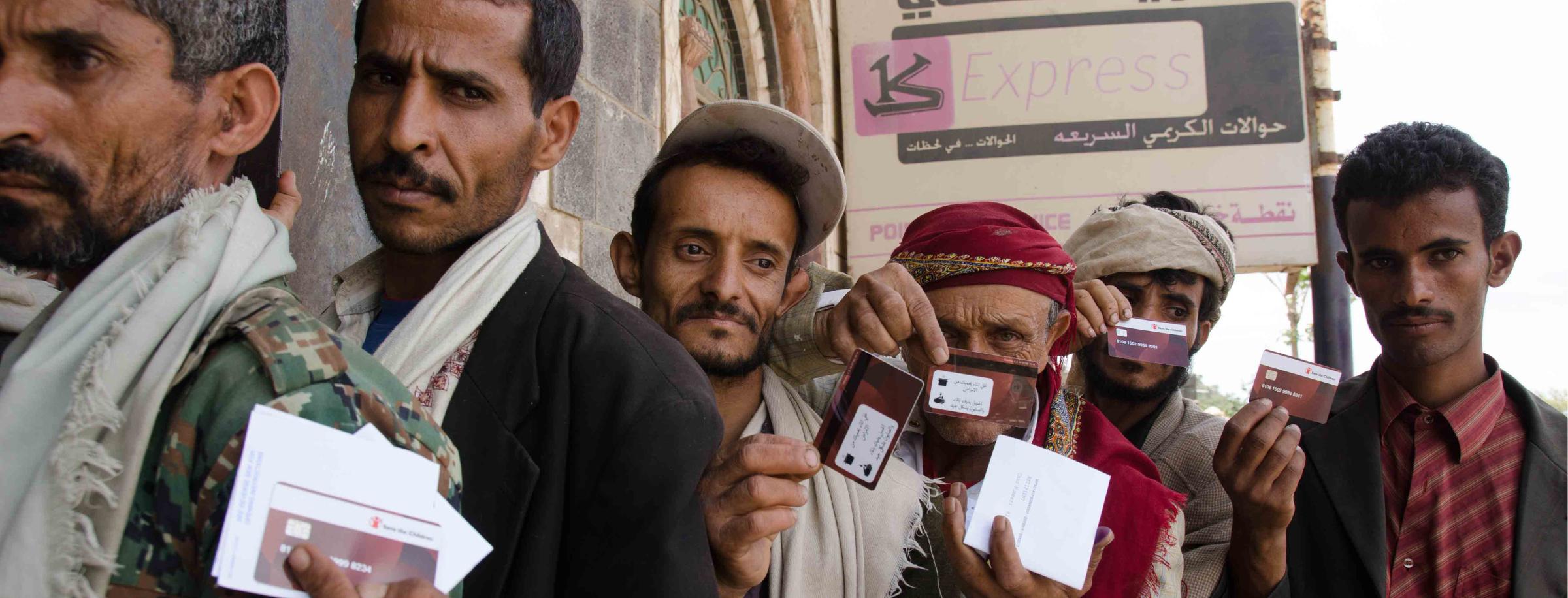
Shortening the path between troubled populations and the aid they need.
MasterCard is making it easier for charities to get help quickly to the people who really need it, and ensure that donations are actually being used for good. The MasterCard Aid Network, launched last September, distributes a version of the company’s plastic cards (similar to a gift or prepaid card) that come loaded with points that can be redeemed at certain merchants for groceries, medicine, shelter and even building materials or business supplies. The chip-enabled system can be deployed in a day or two compared to the weeks required to create and import paper vouchers.
The system doesn’t require an Internet connection—a boon in off-the-grid areas where many refugees and disaster victims are concentrated. Still, the transactions enable organizations to collect data on what card recipients redeem, allowing charities to protect against fraudulent use and gather insight into beneficiaries’ needs.
So far, organizations including Save the Children, World Vision and Mercy Corps have distributed cards to more than 75,000 people, from earthquake victims in Nepal to those in war-torn Yemen. MasterCard, which charges the charities fees for the service, says the program is profitable. The United Nations also recently named MasterCard the leader of an initiative to improve the distribution of humanitarian aid in emergencies, with a focus on the data management and privacy aspect.
8. United Technologies

Rethinking jet engines to make commercial aviation less of a threat to the climate (and the human respiratory system).
With the skies becoming ever more crowded, scientists have increasingly focused on the environmental damage that commercial jetliners produce. Indeed, a 2010 MIT study estimated that aircraft emissions, including tiny particles that cause lung and heart disease, kill about 10,000 people a year—more than 10 times as many as airplane crashes. While commercial aviation generates only about 2% of global carbon emissions, scientists believe they have an outsized impact on climate change because they’re released in the upper atmosphere. That problem will only get worse with a projected 77% increase in the number of commercial aircraft by 2030, to 46,000.
United Technologies, through its Pratt & Whitney division, this year introduced a new commercial jet engine that provides relief on multiple fronts. Compared to the company’s own traditional engine, it cuts fuel burn and carbon dioxide emissions by 16%, slashes the release of particulates in half, and dramatically muffles engine roar. For each plane, that means 3,600 fewer metric tons of carbon dioxide generated annually, $1 million in annual savings on fuel, and 500,000 fewer airport neighbors who will hear each takeoff.
The new engine is called a geared turbofan, for the addition of an internal gearbox that allows the fan blades and the turbine that spins them to rotate at different, optimal speeds. UTC says it spent 20 years and $10 billion developing the technology for commercial aircraft. The engines are already in use on mid-sized, single-aisle jets in Europe and Asia. UTC says it has received orders to equip 4,100 planes, from 70 customers in more than 30 countries. A GE partnership has developed a comparably efficient conventional engine, called the Leap. But future iterations of UTC’s geared turbofan engine are expected to generate considerably greater savings: for the planet and airlines, as well our lungs and ears. Indeed, UTC has already promised a modest upgrade for 2021—and other manufacturers (including Rolls Royce) are reportedly researching geared-turbofan engines themselves. “It’s a significant breakthrough,” says Richard Aboulafia, an aviation analyst with the Teal Group. “In many ways, it is the future.”
9. Novozymes
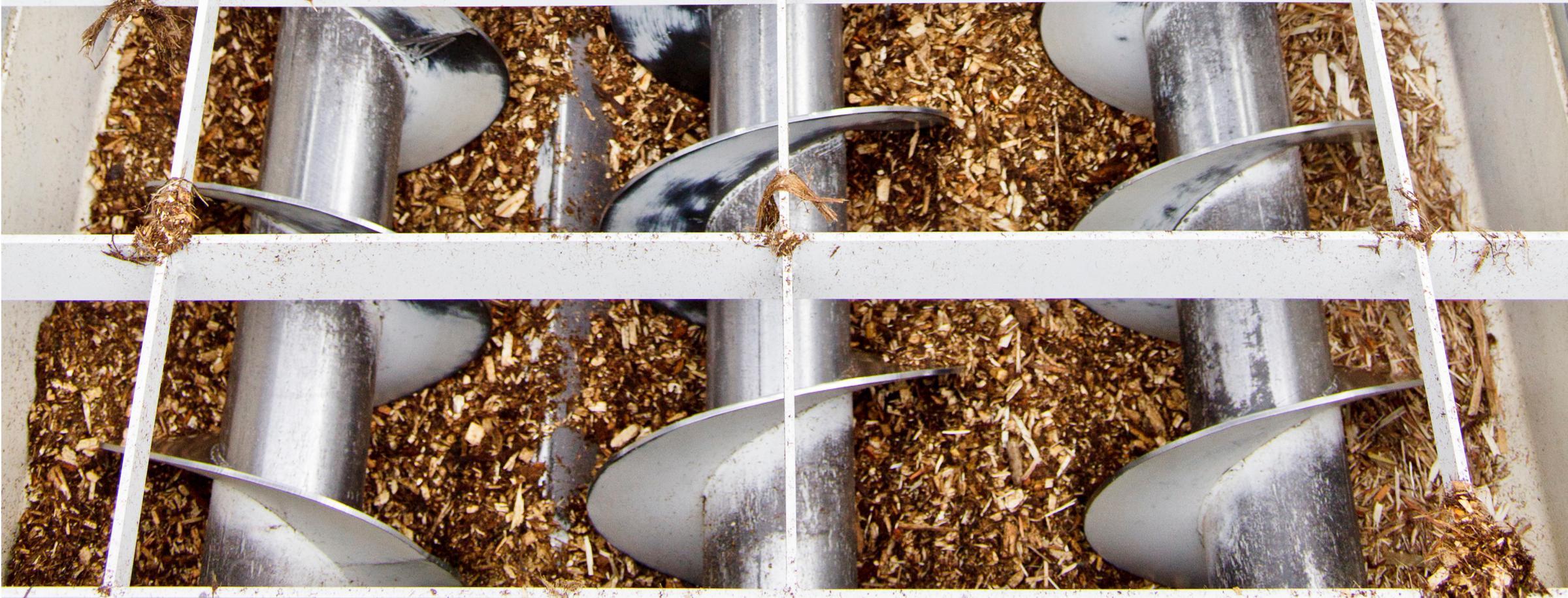
Finding microbes that make products more eco-friendly.
If enzymes are nature’s secret sauce for managing our world’s resources better, consider Denmark’s Novozymes as the earth’s indispensable laboratory. The biotechnology company isolates and produces enzymes and microorganisms that help industries make their products more eco-friendly, with examples ranging from efficient detergents to enhanced animal feed. Novozymes has helped customers save 60 million tons of CO2 emissions, and improve their water efficiency by 9% and energy efficiency by 15%. The company has also partnered withMonsanto to perform test-trials on how to improve agricultural output, and next year, will start selling corn and soybean seeds coated with microbes that could increase the average yield of crops by 3%.
“We look at sustainability and profits as one conjunction,” said CEO Peder Holk Nielsen, the company’s outspoken leader who believes his company’s mission could help reduce world hunger and carbon emissions, both integral parts of the United Nation’s sustainable development goals. “Our task is to always try to do more with less.”
10. First Solar

Its panels are making solar energy cost competitive.
For almost two decades, First Solar has grown into the world’s largest manufacturer of “thin-film” solar panels. Its factories churn out panels at a rate of roughly one per second, and to date it has sold enough 13.5 gigawatts worth, enough to power more than 2 million American homes. Thanks to the company’s R&D efforts, First Solar’s large-scale farms can deliver energy to utilities at record-low prices—low enough to beat out power from dirty fossil fuels. That’s a crucial milestone for those who hope to see the world transition to cleaner energy.
More Must-Reads from TIME
- Inside Elon Musk’s War on Washington
- Meet the 2025 Women of the Year
- The Harsh Truth About Disability Inclusion
- Why Do More Young Adults Have Cancer?
- Colman Domingo Leads With Radical Love
- How to Get Better at Doing Things Alone
- Cecily Strong on Goober the Clown
- Column: The Rise of America’s Broligarchy
Contact us at letters@time.com